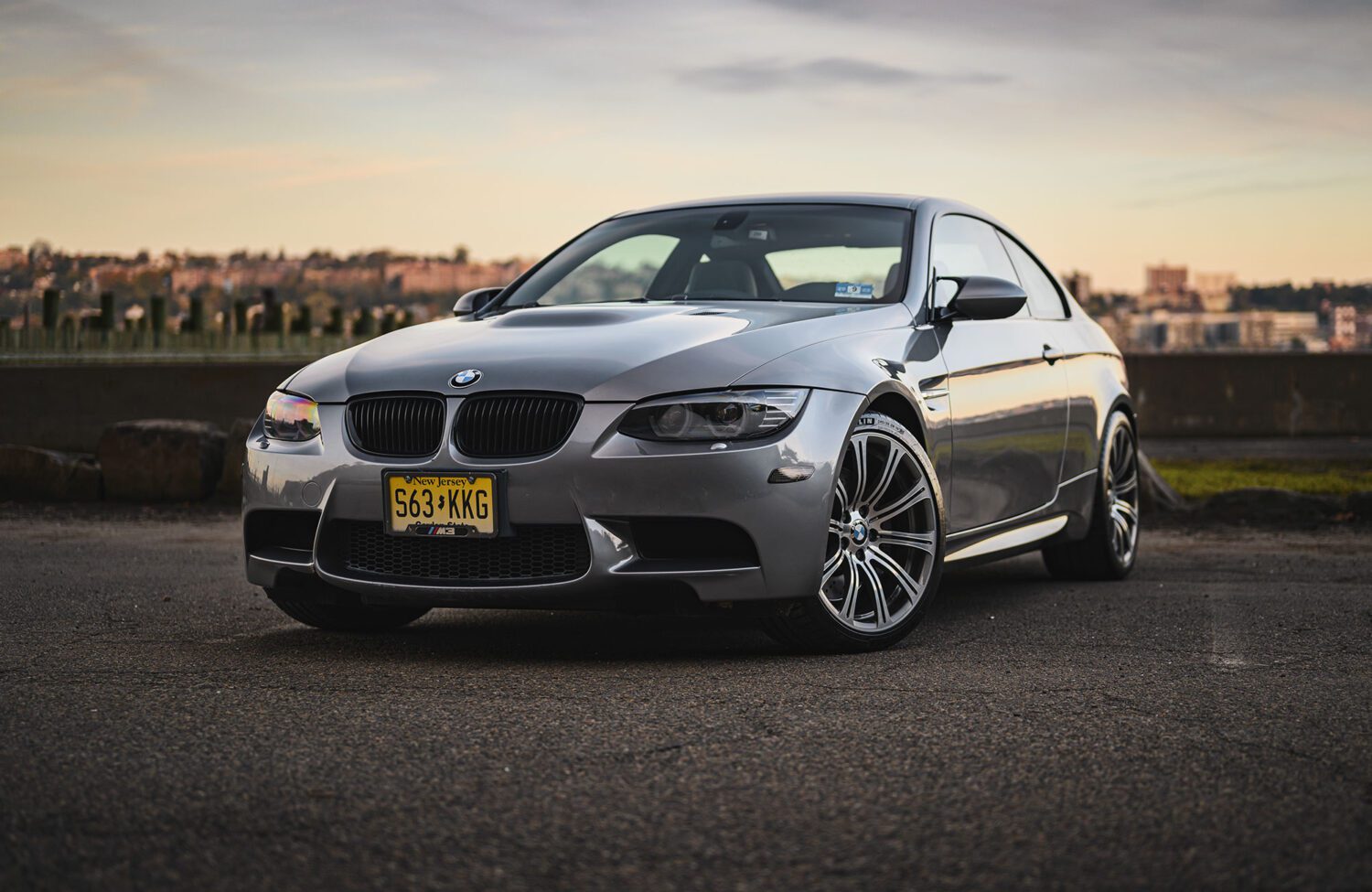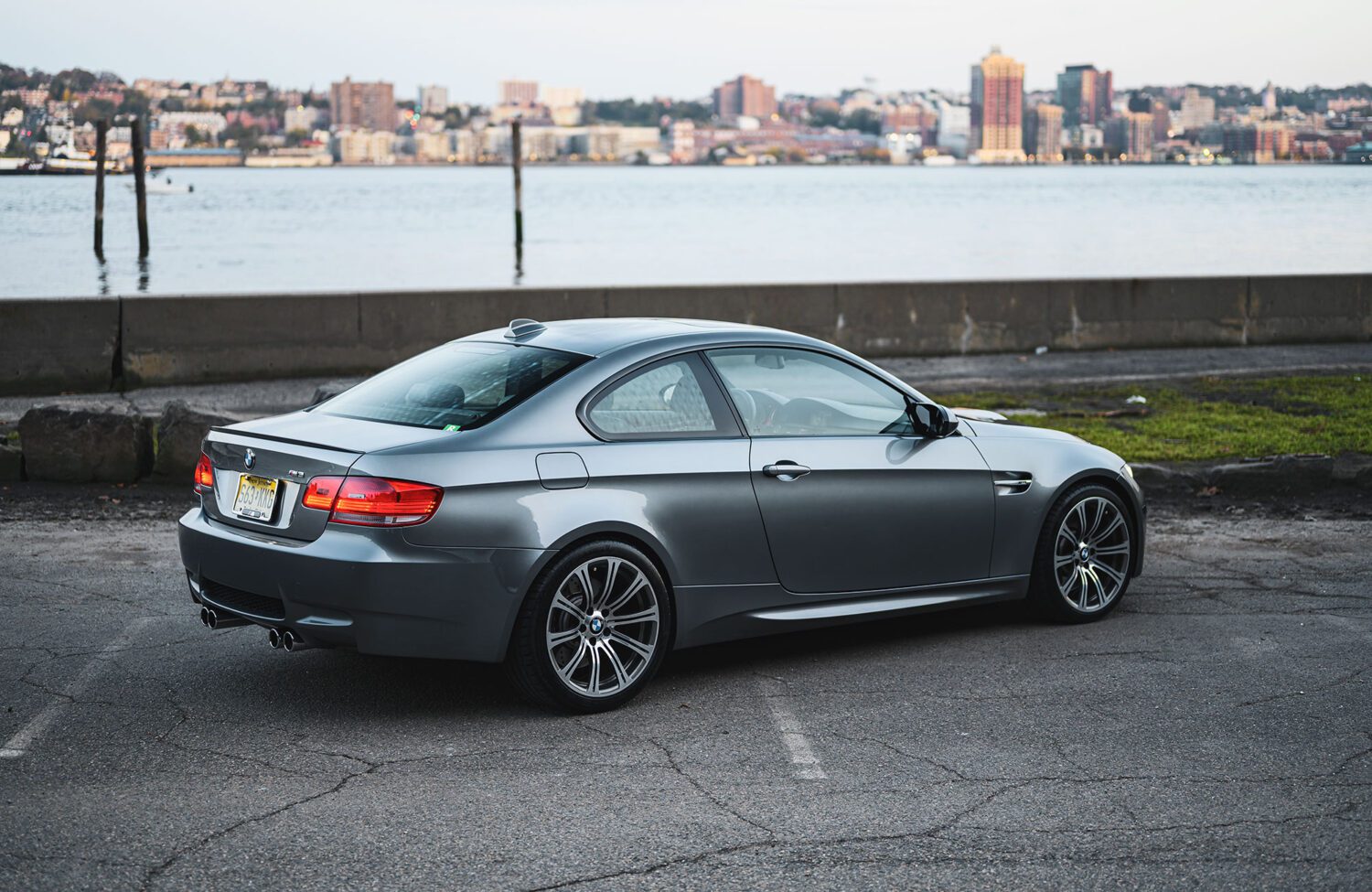I’m a big proponent of the zoom lens. There are so many factors when shooting a car, why complicate it further by moving your entire set up around because of a prime lens? Because they are sharper, faster and can give you a better image. So, let’s shoot a car using only a prime lens. In this case, the Nikon NIKKOR Z 50mm f/1.8 S lens for my Nikon Z7.
What are some of the pros and cons? Let’s see…
Increased depth of field
PRIME LENS PRO
A prime lens is usually faster, meaning you can step down to allow more light into the camera with f/stop. That also means amazing bokeh, or the blurring of far off objects. By comparison, my 24-70mm zoom lens only steps down to f/4. Even the best Z zoom lens Nikon makes stops at 2.8.
CON
Shooting at that f/1.8 can be problematic if you’re shooting a car – it’s too big to fit within the lens’s area of focus. The back half of the car won’t be sharp. Always be mindful of this when using a prime lens.



Optics
PRIME LENS PRO
A zoom lens is a compromise, and because of that, the glass usually ins’t as sharp as a prime option. You might not see a difference at internet resolution, but up close, my 50mm produces a much better image than my 24-70mm.
CON
It isn’t always practical to use a prime lens, especially when you’re shooting a moving object. When doing rollers or motion blur shots, I always use a zoom so it’s easier to frame the vehicle. Again, it’s rare to stop down to 1.8 on a roller shot, as the car would get too blurry.



Composition
PRIME LENS PRO
That increased depth of field will open up new creative possibilities, and allow you to try new things. If you’re unsure, use your zoom lens to get your shot, then switch over to a prime and open your aperture. Chances are, it’ll look like a totally different shot.
CON
A prime lens means your stuck at that focal length. No way to adjust your composition unless you literally move your body. Sometimes that’s fine, but not always possible. Know the terrain and where you’re shooting before you go.
I keep both options with me at all times, so make sure you have room for both in your case.
Tip: Light painting with prime
I’ve shown you how to light paint, and the process is the same when using a prime lens. But here, I opened the aperture to 2.8, much larger than the usual 4 I shoot at. So while I might normally need an exposure of 3 seconds with a zoom lens at f/4, here I needed exposures of just 1 second.

Commissions may be received for product links on this site, so help out if you can. I only write about products I use and believe in.
I use Nikon camera bodies and lenses, a Westcott Ice Light 2, Manfrotto tripod, B + W filters and an iMac Pro to make the art you see here.
Email me at mike@machineswithsouls.com with any questions.
Follow along on Instagram @machineswithsouls










